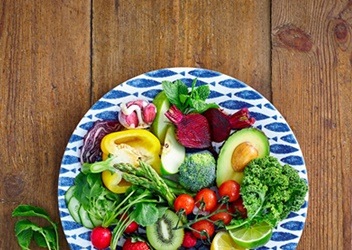Why Conduct Shelf Life Analysis?
Shelf life testing or analysis helps Food Business Operators (FBOs) and consumers be aware of the nature of the product and the rate of its degradation. This information is used in the following ways:
– Consumers are given the choice of informed purchase.
– FBOs can maintain the FIFO (First In First Out) and FEFO (First Expired First Out) Policy
– The integrity of the product and compliance with the law is maintained
– The hassles of product recall and damage to brand equity is avoided
Who Should Get Shelf Life Procedure Done?
Despite the kind of food products manufactured, it is important that the packaged product carries its shelf life mentioned on the label. The Food Business Operators of the following type should get their food shelf tested:
– Food Manufacturers and/or Processors
– Re-packagers
– Exporters and Importers
– Retailers and Distributors
Important Tips to Improve Shelf Life

Barrier PACKAGING helps extend the expiry date of your products

PRESERVATIVES prolong shelf life of your product


